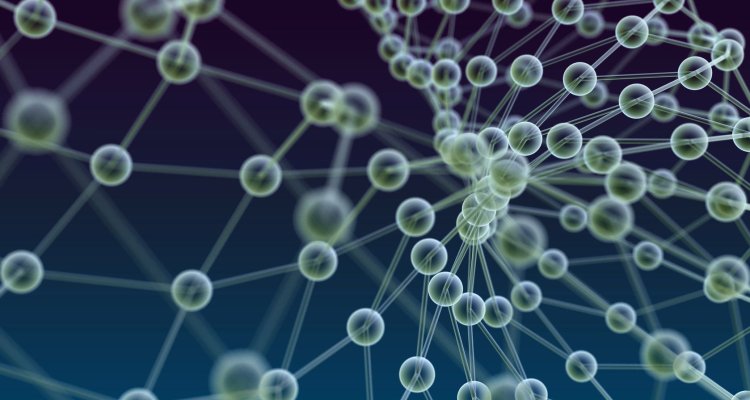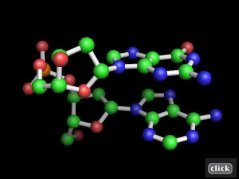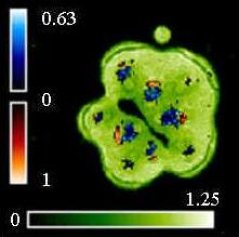
About the Laboratory of Biophysics
In this introduction we will try to explain what Biophysics is and what kind of biophysical research is being performed in the Biophysics Group in Wageningen.
What is Biophysics
What is Biophysics? People often tend to think that biophysics is the field, which applies techniques from the physical sciences to understanding biological structure and function. This is for instance the definition that is used by the British Biophysical Society. It is not strange that people then might think that biophysics is only meant to provide research tools for biologists and medics. However, this definition is not correct and covers only part of the truth. Not only do biophysicists provide and apply physical techniques, they also try to understand life processes and structures in terms of underlying physical laws and principles. The distinction between the “live” (biology) and “dead” (physics) world is disappearing more and more.
There is one additional word missing in the definition above, which is of particular importance for our biophysical research. Biophysics is concerned with biological structure, DYNAMICS and function. It is the dynamics that plays a crucial role in biology, but also in our biophysical research, from the molecular level to the level of organisms. Examples of dynamics at both levels are given below.
Picture 1 shows a rigid part of a double-stranded DNA molecule. This is the kind of picture one can find in many textbooks and with the use of such a picture many aspects of the role and functioning of DNA can be explained. However, applying the laws of physics, one can approximately calculate the forces between the different atoms, and accordingly the dynamics of the DNA molecule can be obtained with the use of fast computers. The result of such a molecular dynamics simulation can be seen upon clicking on picture 1, turning it into movie 1. It shows the amazing amount of dynamics occurring within only several nanoseconds. Such a movie makes it immediately more clear that processes as replication, translation can occur but at the same time that they may also go wrong.

To study molecular dynamics experimentally we make for instance use of ultra fast time-resolved fluorescence methods. With the use of our streak-camera setup we can excite all kinds of natural chromophores, fluorescent labels and amino acids from UV to infrared and monitor the dynamics on a time scale from sub picoseconds to many nanoseconds.
Picture 2 shows the cross section of the stem of a cucumber plant. The picture is obtained non-invasively with MRI (magnetic resonance imaging) in our lab. At first sight, this picture only provides a static structure. But we know that within the stem, water with minerals (xylem) is continuously flowing from the roots to the leaves and at the same time, water with sugars that have been produced in the leaves (phloem) is flowing to the roots. Very recently, we have been able to visualize and quantify these streams, and this can also be seen in picture 2.

If you want to find out about other research in our Biophysics group and about the experimental techniques that can be applied, you should click one of subjects Wageningen NMR Center, Micro Spectroscopy Center or Research.